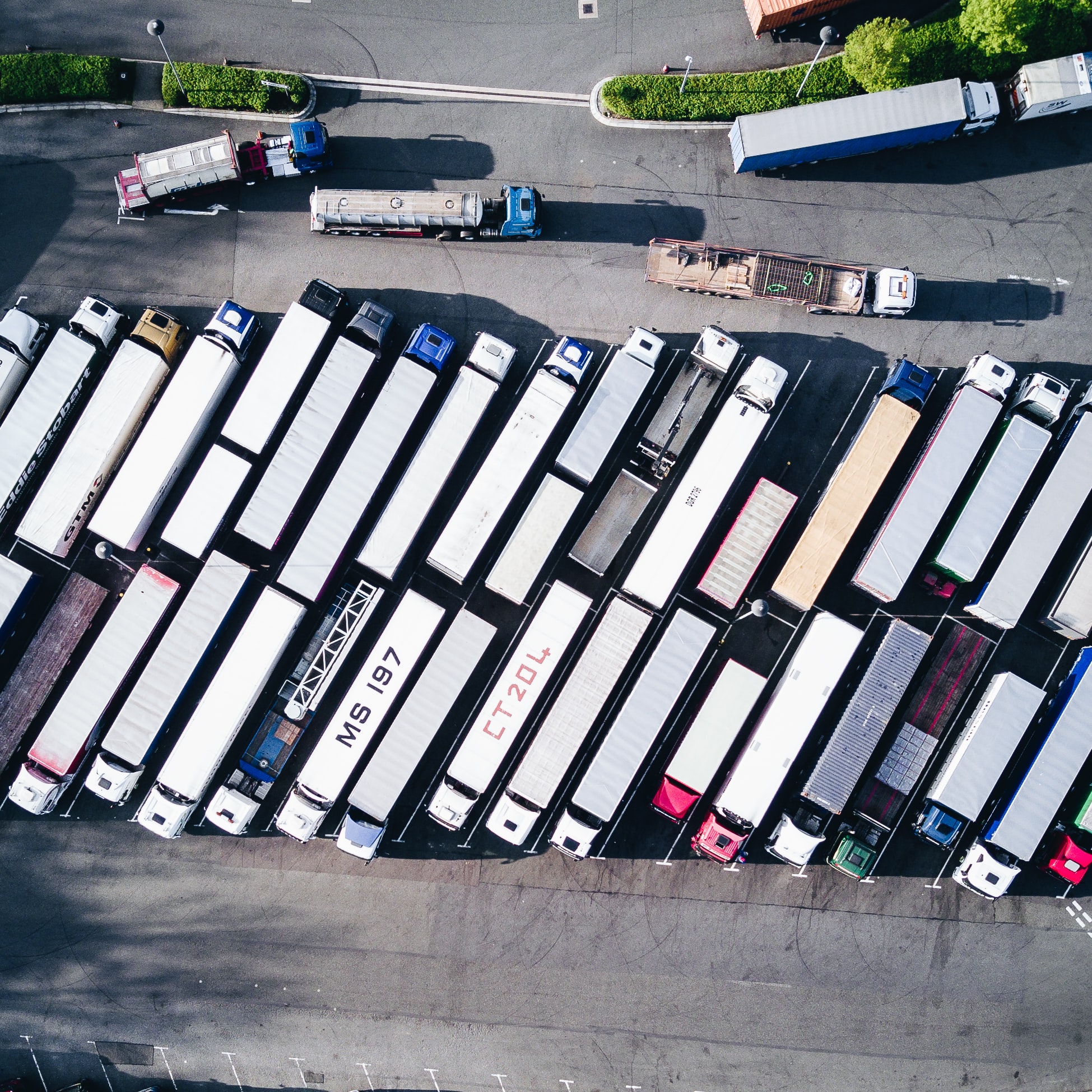

Here at Crosby Weighing Machine Services, our weighbridge knowledge and expertise are second to none. With over 40 years of experience in the trade, there is nothing we haven’t seen. We understand that everyone is different, so we offer friendly and free advice centred around the best course of action for your individual circumstances.
What is a Weighbridge?
Weighbridges are in essence, large scales. They are used primarily in commercial business to weigh bulk shipments and commercial vehicles carrying goods. Some weighbridges are designated as public and are available for general use usually for a fee. The system allows for the weighing of vehicle loads and allows companies to charge customers by weight of goods supplied or delivered. Crosby Weighing offer all sizes of weighbridge, industrial platforms, bench scales and laboratory balances. We can also carry out a free site inspection for you and configure equipment in several different ways.
The accuracy and reliability of a weighbridge is key, inaccurate measurements can lead to overcharging with great risk to one’s reputation, or conversely could cause your profits to dwindle. This is why it’s important to keep the weighbridge maintained and in good condition.
A weighing system for trade use is governed by a set of regulations designed to ensure a fair trading environment where all trader’s measures are the same. These regulations are enforced by local trading standards inspectors who have a remit to regularly check that equipment complies with the prescribed tolerance requirements. If a weighbridge or scale is found to be out of tolerance by a Trading Standards Officer, they can disqualify the equipment from all use with a trade application until it has been repaired and re-verified. Disqualification can be a very costly and disruptive event both in terms of getting equipment repaired and loss of trade during the interim period. It is an offence to use inappropriate equipment for a trade application and in the full face of the law you can be liable for fines of up to £1,000 per transaction.
Components of a Weighbridge
Five main components make up a weighbridge be it commercial or public:
The foundation, for permanent installations a concrete foundation should be poured.
A steel, concrete or composite platform is used to create surface for the vehicles to drive onto.
Load-cells are the key measuring component of a weighbridge, a load-cell converts the weight into an electrical signal that can be measured.
The weight display, sometimes called the indicator, is the display for the weighbridge as well as acting as a control panel. It shows the weight value and tends to act as the connection point for any other scale peripherals.
Cables allow for the electrical signals to be transmitted from the load-cells
How Does a Weighbridge Work?
The platform is mounted on load-cells. Principally a loadcell works by measuring the change of electrical resistance in a material as it is deformed within its elastic range. To understand this better you can imagine stretching a piece of elastic – when it is taught the material becomes longer and thinner. Electrical resistance in a conductor is proportional to the cross-sectional area so as the physical shape of the conductor changes the change in electrical resistance can be measured. For a loadcell to work properly it is essential that it is only stressed within its elastic range as it needs to be able to return to its original state.
A strain gauge does all of the above in a microscopic scale using very long thin wires arranged in a matrix. These are bonded to the elastic material of the loadcell usually a metal billet made from aluminium or steel. The changes in resistance in these gauges is very small and in order to make accurate measurements the system utilises a balancing circuit known as a Wheatstone bridge circuit.
A weighbridge utilises multiple loadcells which are all connected up through a summation board in a junction box and connected to the indicator. The analogue mV signal from the cells is then converted into digital counts by the display and calibration these counts can be used to display an accurate weight.
To establish the weight of the goods (Net weight) you must subtract the weight of the empty vehicle (Tare weight) from the total weight of the vehicle with the goods in it (Gross weight).
What we offer
Here at Crosby Weighing Machine Services, we are proud to offer custom-made weighbridges to suit you. Whether your business requires weighbridges with standard sizes and capacities or it needs made-to-order weighbridges specific to your location or operation, we can provide it, we can offer a free site inspection and configure your equipment in several ways, some examples being:
- Standalone, weigh only terminal
- Standalone, weigh/print terminal with or without additional remote display(s)
- Wired or wireless data output
- Fully interfaced and/or PC operated terminals
- Driver operated weighing systems
- Remote control weighing systems
- Weighbridge software
- ANPR Systems
Contact us today and we will be happy to help you with any questions you may have!
